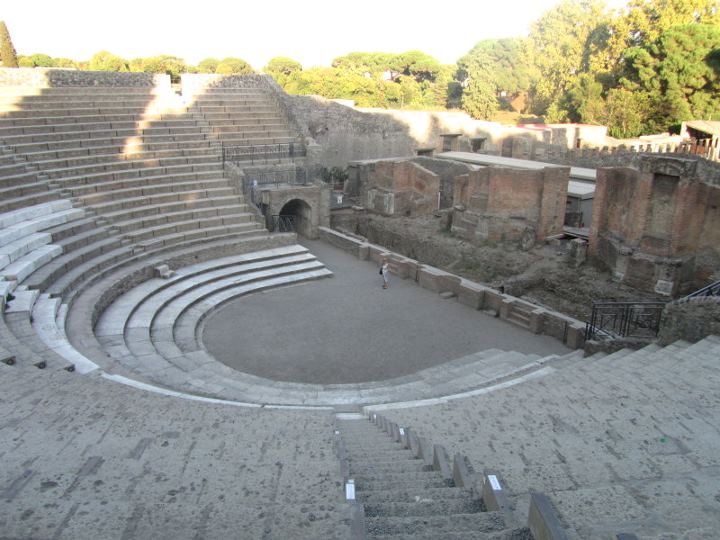
Introduction
Welcome to Pompei, an ancient Roman city remarkably preserved by the catastrophic eruption of Mount Vesuvius in AD 79. Walking through its streets, you can glimpse everyday life from nearly two millennia ago. As Carl—an Australian traveler—I first ventured here back in 2011, using Sorrento as my base for an easy day trip by train. Now in 2025, I'm revisiting this timeless archaeological wonder with fresh eyes, eager to share its history and my personal experiences with you.
A Brief History: Founded by the Osci in the 7th century BC, Pompei evolved into a bustling Roman city, rich in culture and commerce. Its sudden burial under volcanic ash ironically ensured its incredible preservation. Today, this site stands as one of Italy's most iconic historical destinations, offering profound insights into ancient Roman urban life.
My Personal Journey
In 2011, I was staying in Sorrento—a picturesque coastal town—when I decided on a whim to hop on the local train to Pompei. It was an effortless ride of about 30 minutes, and before I knew it, I was stepping into another era. The ruins captivated me from the start, with temples, baths, and villas all frozen in time. I spent hours wandering the ancient streets, imagining the vibrant city that once stood here.
But one experience stood out: hiking Mount Vesuvius. Getting up the volcano is no small feat—steep inclines, loose gravel, and the summer heat can make it a challenge. But the reward is absolutely worth it. Standing on the crater’s edge, you’re treated to panoramic views of the Bay of Naples and the vast archaeological site below—a vantage that truly puts Pompei’s scale into perspective.
Historical Highlights
- The Forum: The heart of political and social life in ancient Pompei.
- Villa of the Mysteries: Renowned for its vivid frescoes depicting religious rites.
- Amphitheater: An arena for gladiatorial combat and public gatherings.
- House of the Faun: A grand residence famed for its intricate mosaics.
- Temple of Apollo: A sacred site reflecting Pompei’s spiritual heritage.
Beyond these famous spots, you’ll find hidden gems like the Lupanar (brothel) with its eye-opening frescoes, and the poignant Garden of the Fugitives, where plaster casts capture the final moments of those who couldn’t escape Vesuvius’s fury.
Must-Do Activities
- Explore the Ruins: Stroll through ancient streets, villas, and public buildings to grasp daily life in Roman times.
- Hike Mount Vesuvius: Tackle the steep trail for panoramic views of the Bay of Naples and the archaeological site.
- Local Cuisine: Enjoy authentic Italian dishes—pasta, pizza, and seafood—at nearby trattorias.
- Guided Tours: Expert guides offer in-depth historical context and fascinating stories.
- Museo Archeologico: Check out artifacts and casts from Pompei for deeper insight.


